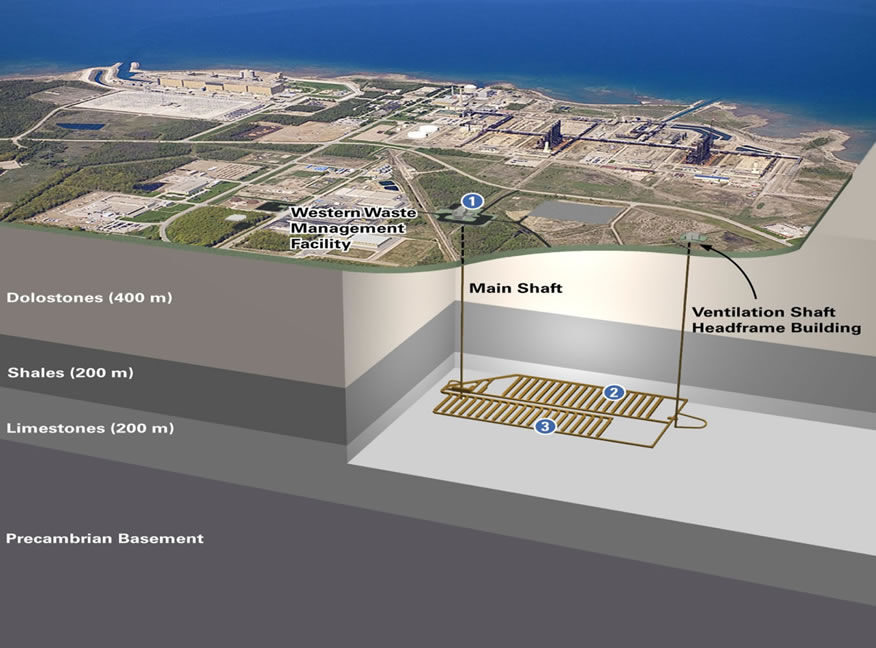
Réponse à « Debate Over Possible Nearby Nuclear Waste Site Buried »
Texte de Erika Simpson, contribution spéciale à l’Agence QMI
21 juillet 2012
July 24, 2012
Dear Editor,
This article attempts to weigh the pros and cons of building a Deep Geological Repository (DGR) for Canada’s low- and intermediate-level nuclear waste material but really just ends up confusing the matter. We’re wondering exactly what are the cons of managing waste responsibly, something our industry does every day anyway. Plus, there’s a big difference between used-fuel and low-level waste.
There is a lot of misinformation in the article and we think it’s important to address some of it here.
DGR for nuclear materials is the responsible step
The proposed deep geological repository (DGR) is a responsible step Canada’s nuclear industry is taking for the long-term storage of low- and intermediate-level nuclear waste material, which is already extremely well managed. Ontario Power Generation (OPG), with the support of Bruce County municipalities, is proposing to construct and operate the DGR.
The Joint Review Panel (JRP) for this project is holding a six-month public comment period which provides an opportunity for the JRP, public, interested stakeholders, and aboriginal communities to review and comment on it.
Low-level waste (LLW) is not used fuel. Rather, it consists of minimally radioactive materials that have become contaminated during routine clean-up and maintenance in the generating stations. Materials include mop heads, cloths, paper towels, floor sweepings and protective clothing. No special protection is required when handling LLW. Intermediate-level waste (ILW) is also not used fuel; it consists of resins and filters used to keep the reactors’ water systems clean as well as irradiated reactor core components associated with the refurbishment of reactors. This waste, while much less radioactive than used fuel, is more radioactive than LLW and regulations require shielding to protect workers during its handling.
A four-year program of geoscientific investigations, safety assessment, engineering and design, and environmental field studies contributed to the environmental assessment process that concluded the DGR will not cause significant adverse effects to the environment or the public. This documentation will be the subject of a very thorough and robust regulatory and public review process, held in an open and transparent manner, to ensure the proposed DGR is safe for the public and environment.
There are several examples of other countries that are utilizing geologic repositories for the safe management of their L&ILW, including Sweden, Finland and the United States. The proposed DGR has been rigorously scrutinized by environmental and regulatory agencies at various levels of government, has been open to public input and been found to be a responsible and sound plan. Each day Canadians working in the nuclear industry safely ship thousands of packages of radioactive material – many of them across the world. Radioactive shipments include medical isotopes, some smoke detectors, gauges and instruments, nuclear reactor fuel, uranium, and cobalt for sterilizing food and medical supplies. No member of the Canadian public has ever been harmed by a radiation release in transportation.
The Canadian nuclear industry provides a broad spectrum of products and services that benefit Canadians, including low-carbon electricity, medical isotopes, and food safety technologies. Our industry supports the employment of tens of thousands of Canadians and we are committed to ensuring safety throughout all aspects of our industry and being responsible environmental stewards across Canada and in the communities where we live and work.
For more information about the regulation of Canada’s geological repositories, visit the CNSC’s website.

